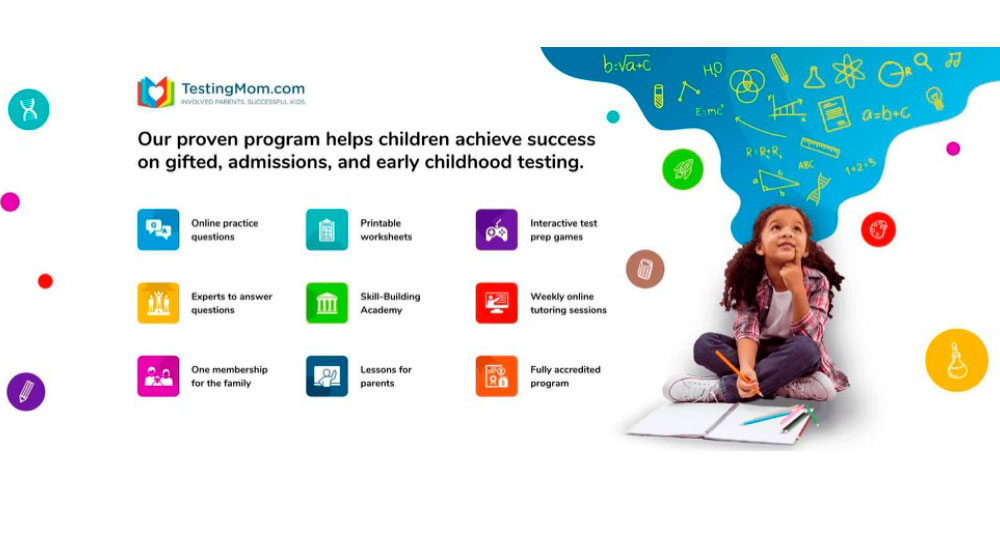Between schoolwork, gaming, and videos, screens are part of our kids’ daily lives. But when does screen time start doing more harm than good? As a parent, it can be tricky to know when to step in — especially if it’s become part of the daily routine. Here are 10 red flags that may signal it’s time to scale back, plus what to do instead.
1. Mood Swings After Screen Time
Red Flag: Your child becomes irritable, aggressive, or overly emotional after using devices.
What to Do: Help them transition by giving a five-minute warning before screen time ends. Then offer a calming alternative like reading or drawing.
2. Constant Requests for More Screen Time
Red Flag: “Just five more minutes” has become a daily chant.
What to Do: Set firm, consistent limits and use a timer. Offer a list of screen-free activities they can choose from once time is up.
3. Losing Interest in Hobbies or Play
Red Flag: Your child no longer plays with toys, reads, or wants to go outside.
What to Do: Reintroduce fun, hands-on activities like puzzles, crafts, or sports. Try rotating toys to spark new interest.
4. Struggles with Sleep
Red Flag: Your child has trouble falling asleep or wakes up frequently.
What to Do: Cut off screen time at least an hour before bed and create a calming bedtime routine with stories, music, or quiet conversation.
5. Poor Focus or Declining Grades
Red Flag: They seem distracted during homework or their performance is slipping.
What to Do: Keep screens out of homework zones and schedule device-free study blocks with short breaks in between.
6. Headaches or Eye Strain
Red Flag: Your child complains of headaches or sore eyes.
What to Do: Encourage the 20-20-20 rule: Every 20 minutes, take a 20-second break and look at something 20 feet away.
7. Sneaking Screens
Red Flag: They use devices in secret or lie about screen time.
What to Do: Create a shared charging station and keep devices out of bedrooms. Reassure them that screen limits are for their well-being, not punishment.
8. Social Withdrawal
Red Flag: Your child avoids spending time with family or friends in favor of screens.
What to Do: Schedule regular screen-free family time like game nights, walks, or meals together.
9. Trouble Managing Emotions Without Screens
Red Flag: They rely on screens to calm down or manage boredom.
What to Do: Teach simple coping strategies like deep breathing, journaling, or going outside when overwhelmed.
10. Complaints of Boredom Without Screens
Red Flag: Without a screen, your child doesn’t know what to do with themselves.
What to Do: Make a “boredom buster” jar filled with activity ideas they can pull from — baking, LEGO builds, scavenger hunts, etc.
Kids will always be drawn to screens — and in moderation, that’s okay. But when signs start popping up that screen time is taking over, it’s time to step in. By recognizing the red flags early and offering fun, meaningful alternatives, you’re helping your child build healthier tech habits that can last a lifetime.





